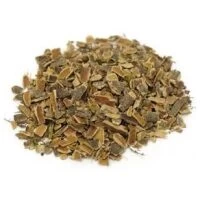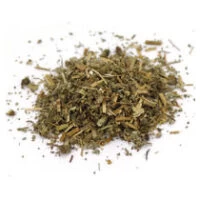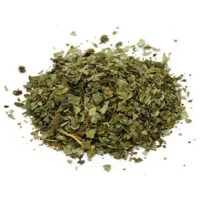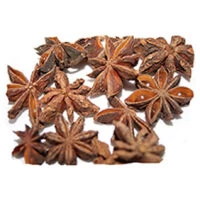Western Bulk Herbs – Linden Flower
Linden is primarily used to treat anxiety, stress and tensions headaches, sleeplessness, and high blood pressure. It can also reduce fevers and aid in congestion from colds and flu. It can be used as a lotion for dry skin.
Latin Name:
Tilia europaea
Common Names:
Tilia, Lime Tree, and Bee Tree.
Parts Used:
Flowers and leaves
Properties:
caffeic acid, tannins, volatile oil, flavonoids, benzodiazepine-like compounds, mucilage
Traditional Uses:
Used as a tea but can be taken as an extract or capsule form.
Topical Uses / Applications:
Culinary Uses:
Not used in cooking.
Folk Lore:
The Linden tree is one of the oldest trees used in folk medicine. Celtic origin believes if you sit under the linden tree you’ll be cured of epilepsy. In Roman and German folklore, the linden tree is the “tree of lovers”, and Polish folklore shows the wood is good protection against both the evil eye and lightning.
The blossoms make a variety of herbal teas and a base for perfumes, as well as being known for producing tiny aromatic flowers that attract many bees that produce Linden honey. So, say the Native Americans who used the honey and the linden flowers for treating “sick headaches” and a nervous stomach.
Chemical Properties:
About 1% antioxidant flavonoids including hyperoside, quercitrin, myricetin galactoside, kaempferol, kaempferol glycosides including astragalin and its 6-p-coumaric acid ester tiliroside), myricetin and quercetin glycosides. Linden flowers also contain approximately 10% mucilage largely comprised of arabino-galactans; proanthocyanidins; caffeic, chlorogenic and p-coumaric acids, eugenol, and geraniol.
Cautions:
GRAS: Generally Recognized as Safe. This herb can be safely consumed when used appropriately. Don’t drink linden flower teas within 2 hours of taking any vitamin and mineral supplement, since the mucilages in the tea can interfere with the absorption of nutrients from the supplement.
*Disclaimer: These statements have not been evaluated by the Food and Drug Administration. This product is not intended to diagnose, treat, cure or prevent any disease.
Resources:
PDR for Herbal Medicines, 2000. Medical Economics Company, Montvale, New Jersey.
The New Holistic Herbal. David Hoffmann, 1990. Barnes and Noble Books, New York.
A Modern Herbal, Mrs. M. Grieve, (Dover Publications, New York, 1971)
Major Herbs of Ayurvedic.Compiled by Dahur Research Foundation and Dahur Ayurvet Limited, Ghaziabad, India., 2002. Churchill Livingstone, London, England.
Chinese Herbal Medicine: Materia Medica, Third Edition, Dan Bensky and Andrew Gamble, 1986. Eastland Press, Seattle, WA.








Reviews
There are no reviews yet.